(NLDO) - NASA's robot LEXI promises to bring back unprecedented data on how the Earth "inhales and exhales".
According to a new statement from NASA, the Lunar Heliospheric X-ray Imager (LEXI) will be part of the payload of the Blue Ghost lander of the American aerospace company Firefly Aerospace, scheduled to leave Earth on January 15.
LEXI has a special mission: From the Moon, it will monitor the "breathing" of the Earth.
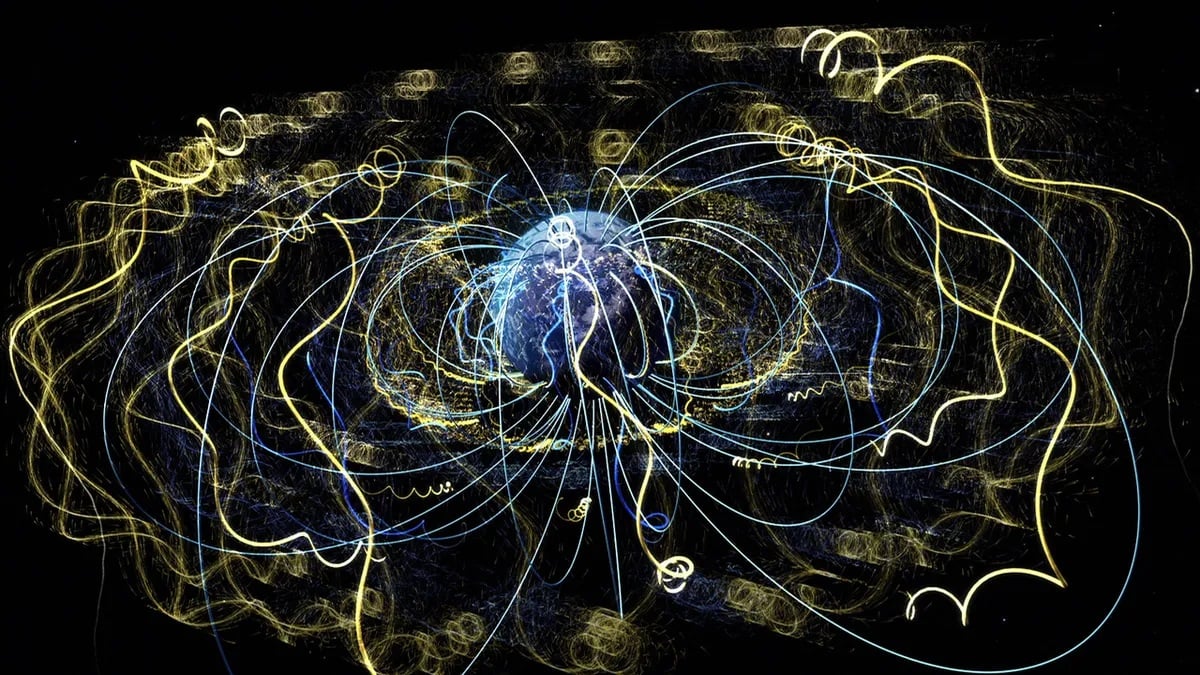
Earth's magnetosphere - Graphic image: NASA
Once it lands on the lunar surface, LEXI – which acts as a stationary robot – will power up before aiming its light back at Earth for six days and capturing low-energy X-rays reflected from the planet's magnetosphere.
This will help LEXI collect data about the Earth's magnetic field in a unique way.
"We're looking forward to seeing the magnetosphere exhale and inhale for the first time," said astrophysicist Hyunju Connor from NASA's Goddard Space Flight Center.
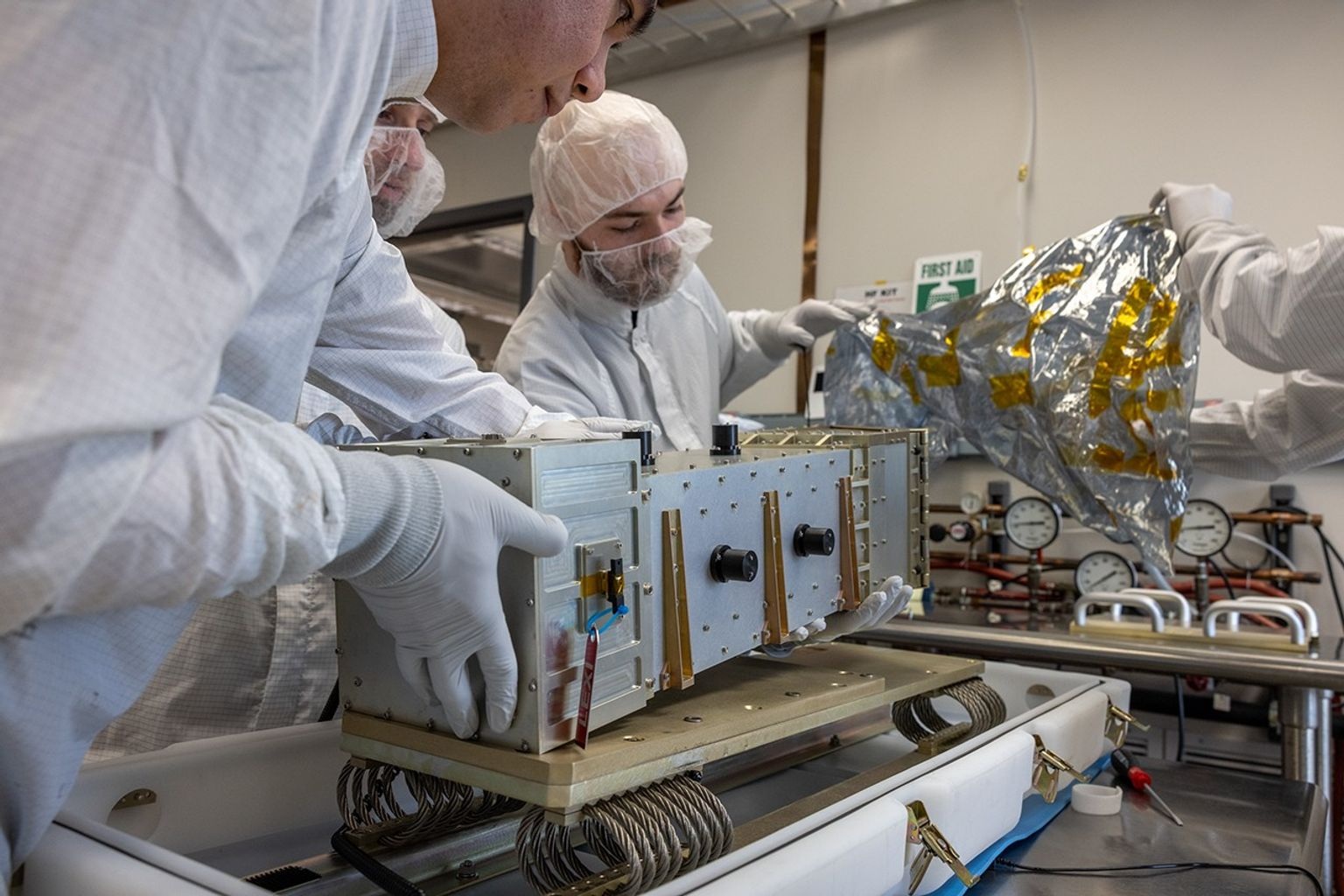
LEXI is packaged by scientists to be put on the spacecraft - Photo: NASA
This “breathing” involves our parent star. Earth’s magnetosphere has never actually had a stable shape. When the solar wind is strong, the magnetosphere contracts, compressing it toward the planet’s surface. When the solar wind is weak, the magnetosphere expands.
The magnetosphere is formed by the churning of metals within the Earth's molten core and protects us from harmful cosmic rays and solar winds.
When radiation hits Earth's magnetosphere, it is reflected or trapped along magnetic field lines before falling to the poles in a process called magnetic reconnection.
This raises lingering questions about how cosmic particles fall to Earth, including whether they fall all at once or in batches.
“We want to understand how nature works and by understanding this we can help protect infrastructure in space,” said Dr Connor.
This is not LEXI's first spaceflight.
In 2012, LEXI – then called STORM (Sheath Transport Observer for the Redistribution of Mass) – was launched into space on a rocket to collect X-ray images.
After refurbishing some key components and optical systems, the robot is ready for a new flight.
Source: https://nld.com.vn/nasa-tiet-lo-ke-hoach-theo-doi-nhip-tho-cua-trai-dat-19625011109173908.htm





![[Photo] Binh Trieu 1 Bridge has been completed, raised by 1.1m, and will open to traffic at the end of November.](https://vphoto.vietnam.vn/thumb/1200x675/vietnam/resource/IMAGE/2025/10/2/a6549e2a3b5848a1ba76a1ded6141fae)


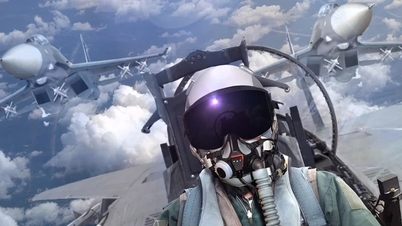



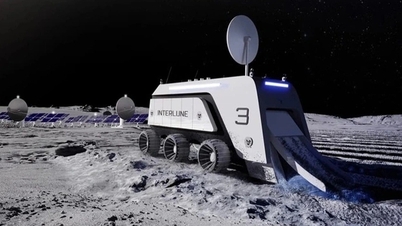
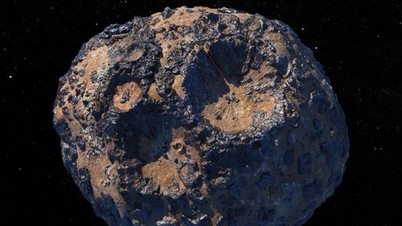


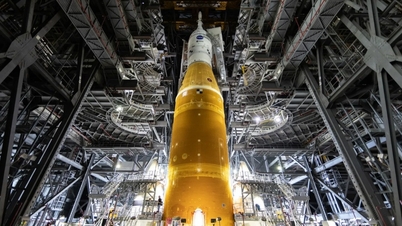

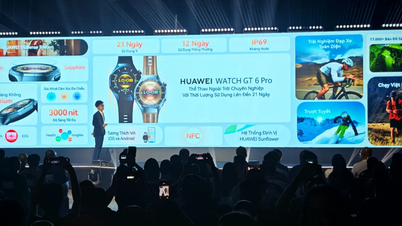














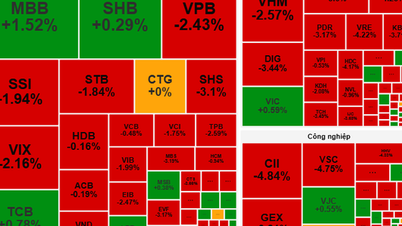















































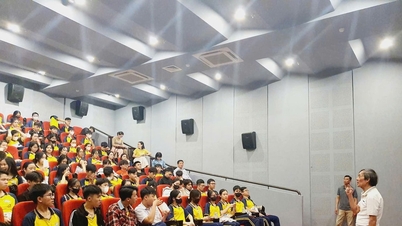























Comment (0)